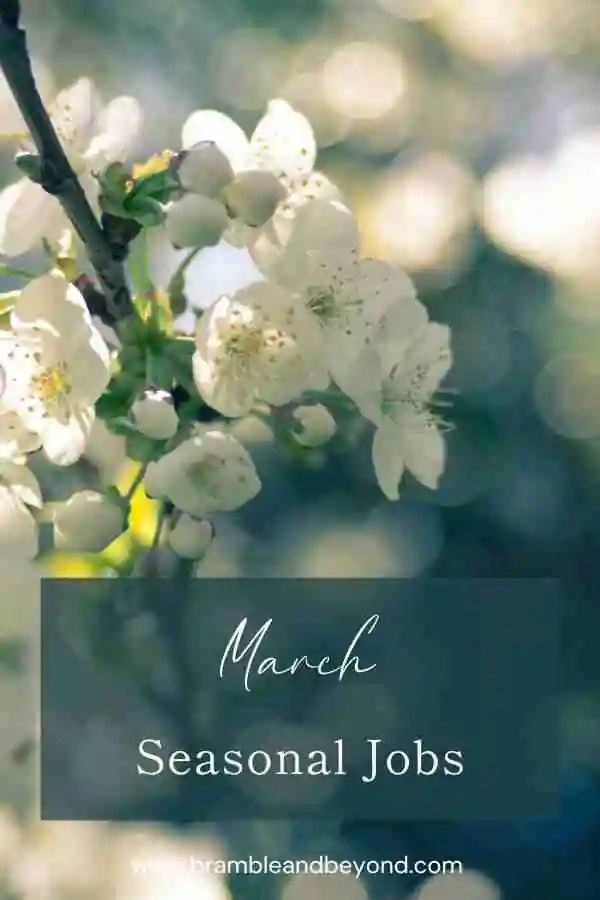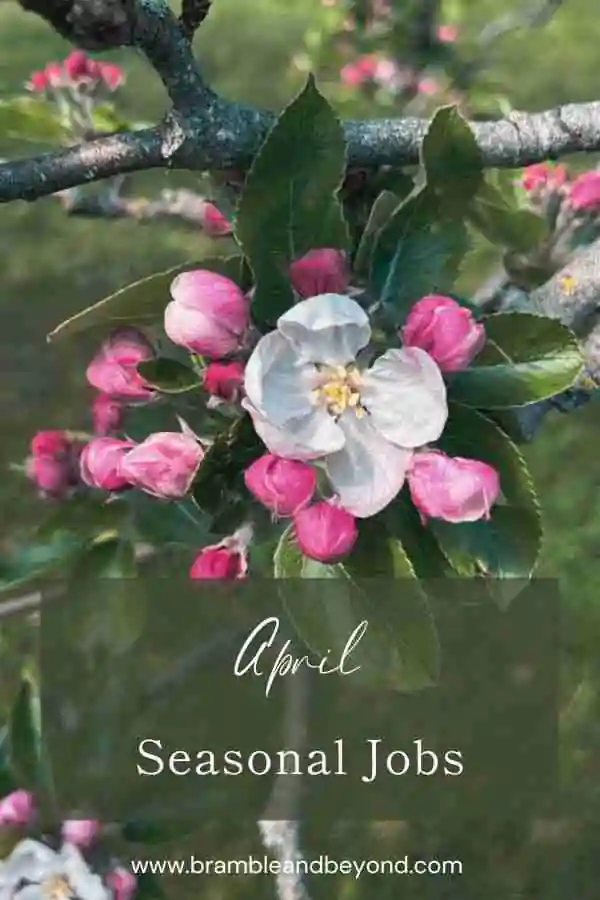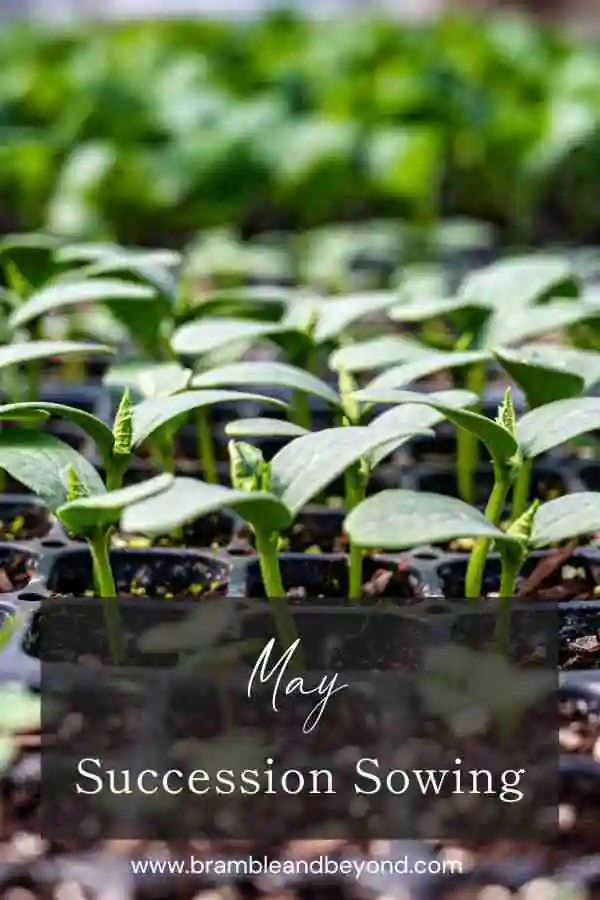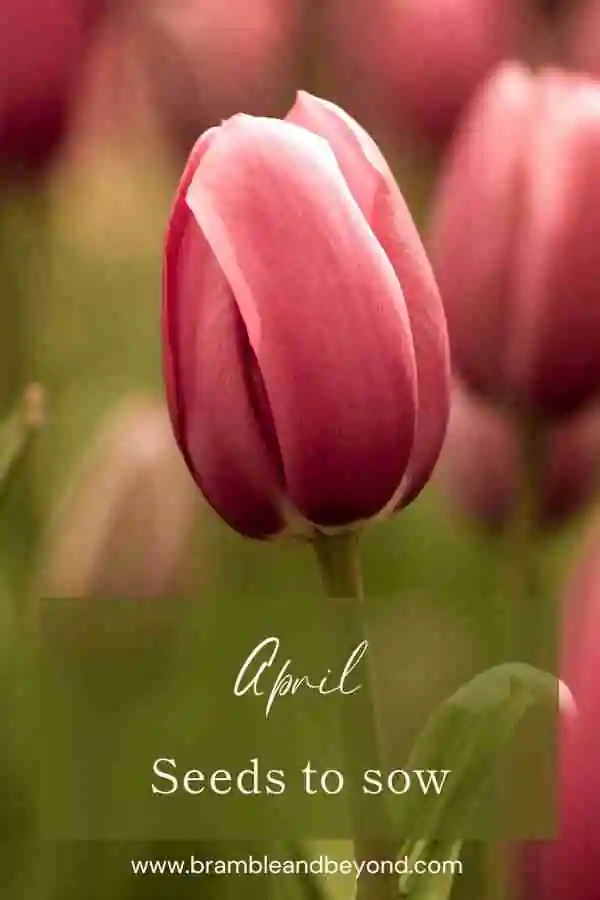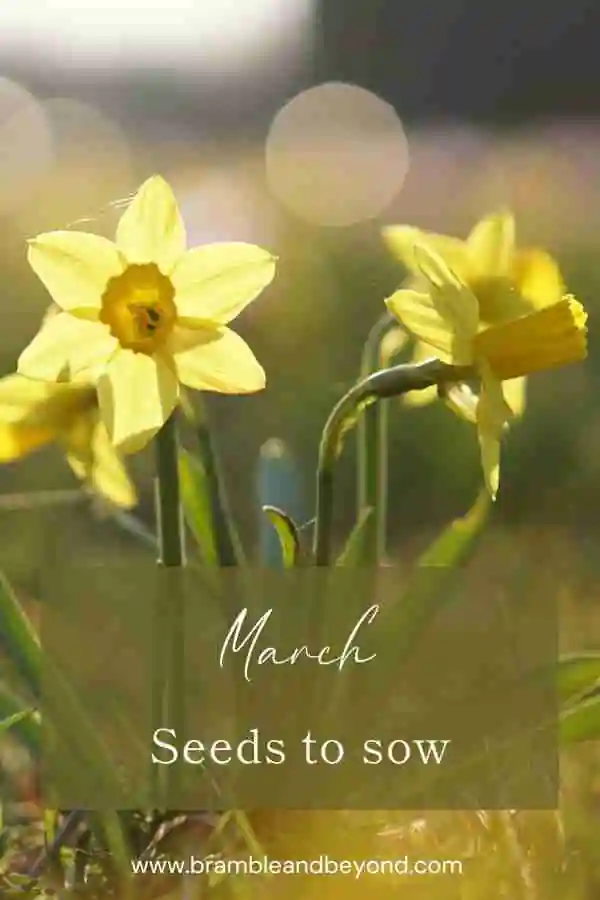Disclosure: This post may contain affiliate links, meaning I get commission if you decide to make a purchase through my links, at no cost to you. Please read my Affiliate Disclosure for more information.
March is a wonderful time as it marks the beginning of the growing season and presents a perfect opportunity to get your flower garden ready. It’s also the green light to start planting all your seeds for your cutting garden. However, before you dive into sowing seeds, there are still some flower gardening tasks for March that will help you be even more prepared.
Flower gardening tasks for March
As we kick off the month, it’s all about clearing and prepping. But don’t worry, by the end of the month, you’ll be all set to start sowing.
I’ve got some exciting ideas to keep you occupied this March:
1. Prepare the soil for planting
Preparing the soil is an essential step to ensure that your garden thrives. It’s important to take the time to prepare the soil properly so that your plants can grow healthy and strong. And guess what? March is the perfect time to do that! The weather is starting to warm up, the birds are singing, and it’s time to get outside and get your hands in the soil.
To begin, why not give your garden a fresh start by clearing away any debris or weeds that may have built up during the winter months? Your garden will definitely appreciate it! This was one of the important gardening tasks for February which you might have already finished.
If you haven’t done this already, take a moment to get to know your soil. Understand its structure and quality. This will help you make informed decisions on how to improve it.
Once you have a good understanding of your soil type, it’s time to make some improvements. Adding compost or organic matter can do wonders for improving the soil’s structure and nutrient content. Think of it as giving your soil a nutritious meal!
Remember, you can’t completely change your soil type, including its structure and acid level. But that’s okay! Every soil type has its advantages, so don’t stress too much about it.
Personally, I find it super easy to just add a layer of compost on top of the existing layer and let the amazing worms and microorganisms do their thing. This way, we follow the no dig approach, which makes everything even simpler.
By taking the time to properly prepare your soil at the beginning of the season, you’ll be setting your garden up for success and a bountiful harvest.
2. Sort out your compost
If you’re someone who, like me, follows the no dig approach, then adding compost is absolutely crucial. This will serve as your growing layer and provide the necessary nutrients for your plants to thrive.
However, obtaining the required amount of compost can be quite a challenge or expensive if you have to buy it.
To maximize your compost production, it’s time to get serious about your compost heap.
Composting is a fantastic way to recycle organic waste, reduce landfill waste, and generate nutrient-rich soil for your plants.
With proper management, a compost heap can yield usable compost within a few months. A cutting garden can certainly generate enough waste to nourish your compost heap. Therefore, it’s crucial to find the space and start your compost heap as soon as possible.
I’ll make sure to have a new empty bin ready for the start of the upcoming season.
3. Prepare for sowing
Once you start seed sowing in earnest, it can be quite frustrating to realize that you have run out of pots, compost, or any other supplies you may need.
So, why not take some time at the beginning of the month to get your tools ready and make sure you have everything you need for planting? This includes pots, soil, and seeds.
While you’re at it, why not do a little tidying up of your potting area or greenhouse? It’s a great opportunity to throw away any old, broken pots that you won’t use. And speaking of pots, try to find ways to reduce the number of plastic pots you’ve accumulated over the years. I know it can be hard to throw away plastic, but let’s face it, keeping them around without ever using them isn’t the solution either.
If you are ready to buy your seeds I have all of the easy cut flower seeds to grow in my shop. Shop Now
4. Check on your dahlia tubers
Hopefully, you’ve been keeping an eye on your Dahlia tubers occasionally during the winter to check for any signs of rot or damage. If you haven’t done so yet, I would recommend doing it early this month. This way, you’ll know which tubers can still be saved and which ones cannot, giving you enough time to restock if necessary.
Towards the end of the month, you can start thinking about potting them up. However, there’s no need to rush since we haven’t reached the last frost date yet, and it’s not safe for them to go outside.
If you’re interested in dividing your Dahlias by splitting the tuber or planting new growth, you can begin this process towards the end of the month.
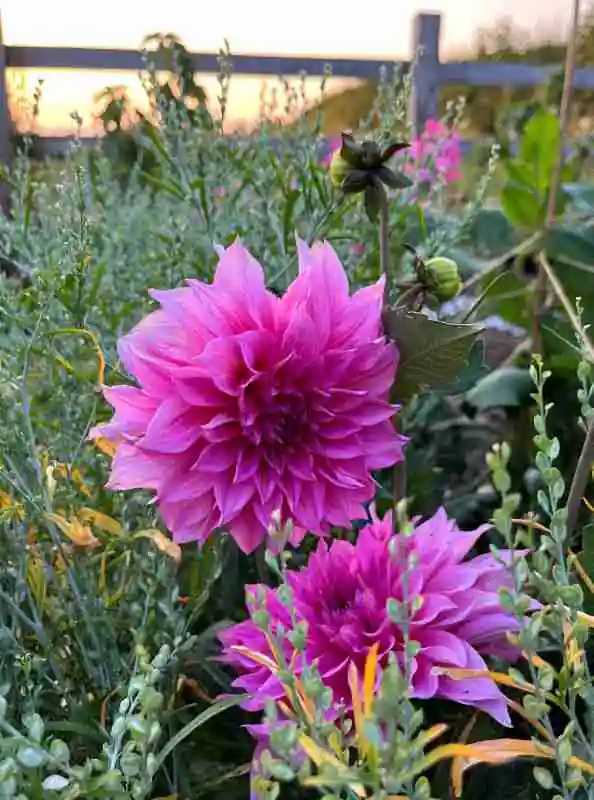
I’ve personally had great success splitting my tubers in previous years. I chose this method because the tubers were getting too big to fit in pots. However, I did notice that some of the new plants (especially cafe au lait) turned out slightly different from the original tuber. They were still beautiful, just not exactly what I expected!
Now, this might have been an exception, and I’m still willing to give it a try if the tubers get too big. However, I believe that propagating from new growth will result in flowers that are more “true” to the originals. Propagating from cuttings is actually quite easy, so it’s definitely something to keep in your toolbox and use as needed.
5. Divide perennials
In my opinion, you can never have too many plants in the cutting garden (or any garden), and acquiring them is as simple as dividing congested clumps of herbaceous perennials and grasses. Not only does this produce new plants for free, but it also keeps your plants healthy and prevents overcrowding.
After dividing a perennial, you’ll often notice that all the new plants thrive and grow vigorously, much more than if you hadn’t taken any action.
If you find yourself with an excess of plants and don’t know what to do with them, why not consider swapping with a neighbour to increase your variety? Another option is to have a gate sale with an honesty box, which can help fund your plant habit.
Furthermore, dividing your perennials also gives you the opportunity to plant new perennials and bare-root shrubs.
Remember to give them a good watering after planting, and make sure to check on them regularly throughout the season to ensure they are well hydrated. After the first year, you can leave them to thrive on their own without much intervention.
6. Divide bulbs such as snowdrops
Along with dividing your perennials, you can also divide spring bulbs, such as snowdrops and bluebells. This is known as planting ‘in the green’. It involves digging them up, splitting the clump, and then re-planting the new clumps while they are still actively growing and, therefore, still have their leaves. The great thing about this method is that you can easily see where they are being planted, which often leads to greater success.
After planting, simply allow them to naturally die back, so you won’t see any more flowers this year.

7. Plant new seeds
Finally, the moment you’ve all been waiting for – March is the perfect time to start planting your seeds indoors. Most seeds can be started in March, but for better results, some seeds like zinnias may benefit from being planted later when they can enjoy warmth and light to aid their growth.
Since March can still have cold and frosty nights, it’s best to sow your seeds directly in the soil with protection. However, if you don’t have space indoors to start your seeds, don’t worry. Seeds started a little later in warmer weather will catch up with the ones sown earlier.
Starting earlier has the advantage of giving you a slight head start. Personally, it means that if my first batch of sowings fails, I can still catch up with the ones sown later. If I rely solely on the later sown seeds, I may end up with nothing. Plus, I’m a bit impatient, so I like to feel productive! However, if you plan to succession sow, it eventually balances out.
My cutting garden only needs to produce enough flowers for my house, which is at least one vase arrangement each week during the growing season. Anything extra is a bonus that my friends can enjoy. This means that, in reality, I only need a few flowers blooming at a time.
Last year, I planted far too many seeds that I simply didn’t have enough space for, and the amount of compost I used to keep them alive was excessive. So this year, I’m going to be more disciplined. My goal is to succession sow every 3 to 4 weeks to get 5 healthy plants of each variety. To achieve this, I will sow 10 seeds of each variety and select the best 5 (if I can resist the urge to keep them all, as I hate throwing away plants!)
Enjoy the new season offerings
Spring is such a lovely time of year, filled with the delicate beauty of snowdrops, cheerful daffodils, and the blossoming of nature.
I encourage you to take a moment to embrace the wonders that this new season brings. How about taking a leisurely stroll in your garden and witnessing the magic of blooming flowers? You might be pleasantly surprised by what you discover!
For a fun challenge, why not try your hand at creating a beautiful arrangement using 30 stems from your garden? It’s a delightful way to showcase the current offerings of nature.
By accomplishing these tasks, you’ll be well on your way to cultivating a breathtaking flower garden that will bring you joy throughout the entire summer.
Please share in the comments below what flower gardening tasks for March you enjoy doing. I’d love to hear from you!

